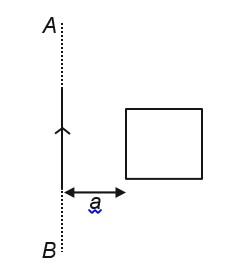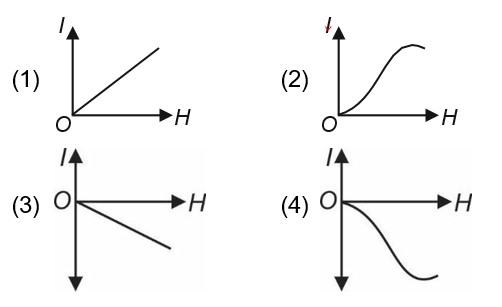Class 12th
Get insights from 12k questions on Class 12th, answered by students, alumni, and experts. You may also ask and answer any question you like about Class 12th
Follow Ask QuestionQuestions
Discussions
Active Users
Followers
New answer posted
a month agoContributor-Level 10
Numerous scientists contributed to the discovery of this concept, but the key was introduced by Albert Einstein in 1905. This concept was used to support the experiment of the photoelectric effect to prove that light could be as a wave too. Then this name photon was given 21 years later, in 1926 by Gilbert N. Lewis.
New answer posted
a month agoContributor-Level 10
Yes, they travel in a vacuum at the speed of light and can never be in still position. This is because they do not have any mass to do so and will not exist only if not in motion.
New answer posted
a month agoContributor-Level 10
From Lenz law, current in the square loop will be in anticlockwise sense
New answer posted
a month agoContributor-Level 10
The key difference lies in not their spelling but the properties they possess. Protons are positively charged particles which revolve around the nucleus of an atom and have a specific mass. Whereas, photons don't have any mass and are responsible for carrying out electromagnetic radiation. They travel free without any restriction.
New answer posted
a month agoContributor-Level 10
Yes, both coherent and incoherent waves can be seen by the naked eye. However, we cannot detect whether the wave is coherent or incoherent. This is because the incoherent waves have different frequencies which cannot be distinguished by the human eye. We have can only see lights of specific wavelengths as per the human limit.
Taking an Exam? Selecting a College?
Get authentic answers from experts, students and alumni that you won't find anywhere else
Sign Up on ShikshaOn Shiksha, get access to
- 65k Colleges
- 1.2k Exams
- 678k Reviews
- 1800k Answers




